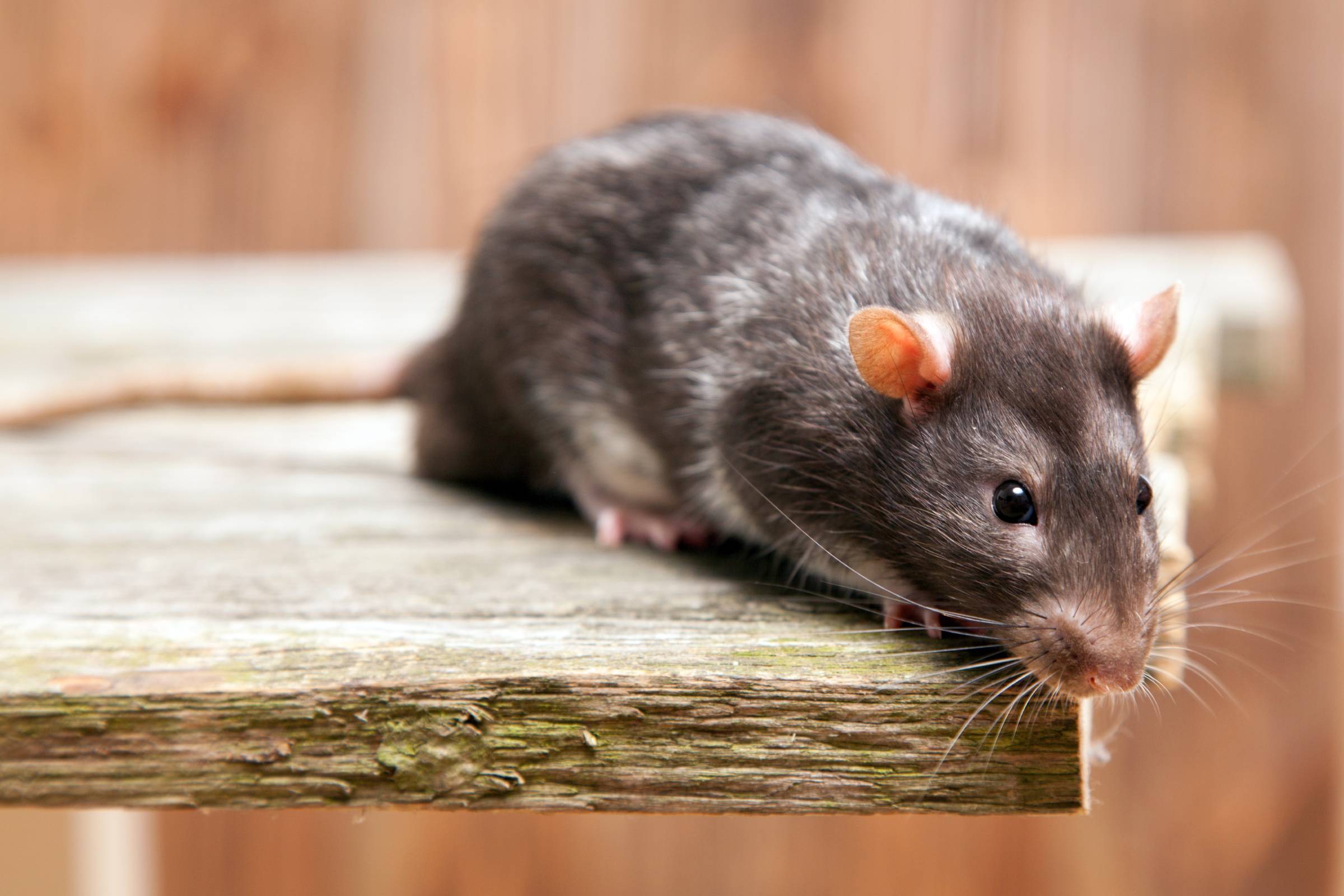Neuroscientists Taught Rats How To Drive

Researchers at the University of Richmond trained rats to drive miniature cars, uncovering surprising insights into their cognitive development and emotional well-being. The study equipped rats with tiny, custom-built cars and was more than a quirky showcase of animal behavior—it delved deep into the effects of enriched environments on learning and stress.
The process began with the rats learning to steer their vehicles toward a tasty reward. While this feat alone is remarkable, the real revelation was the difference between rats raised in enriched environments and those kept in standard cages, the researchers revealed in a post on The Conversation.
Enriched environments, complete with toys, tunnels, and other stimuli, provided the rats with opportunities for exploration and problem-solving. These rats not only mastered driving faster but also demonstrated superior cognitive abilities compared to their standard-cage counterparts.
Driving wasn’t just a test of mental acuity—it also seemed to influence the rats’ emotional state. Researchers observed reduced stress levels in the driving rats, suggesting that engaging in complex tasks can have calming effects. This finding aligns with broader principles of neuroplasticity, showing that the brain adapts and thrives when exposed to new challenges.
The implications of this study extend far beyond rodents, though. For one, it underscores the critical role of environmental enrichment in fostering learning and emotional health. Just as the rats benefited from a stimulating habitat, humans, too, thrive in environments that encourage exploration and mental engagement.
Moreover, the study highlights the ethical importance of providing better living conditions for animals in captivity. Stimulating environments not only improve cognitive function but also contribute to emotional well-being, a consideration that could reshape how we approach animal care.
While the original research is several years old at this point, the researchers have continued working with the rats to create better vehicles and see how they respond to driving as a whole. And ultimately, these tiny car-driving rodents offer more than just a heartwarming story. They challenge us to think deeply about the connection between environment, learning, and emotional health—whether in the lab, in our homes, or in our daily lives.
The post Neuroscientists taught rats how to drive appeared first on BGR.
Today's Top Deals
- Black Friday blowout: 15% off PS5, $154 AirPods Pro, doorbuster deals, Beats headphones, Narwal Freo Z Ultra, more
- Sonos has 10 Black Friday deals that are all at record-low prices
- Early Black Friday deals: $154 AirPods Pro 2, $250 iPad 10, $150 Lenovo Chromebook, $10 LifeStraw, more
- Amazon is giving out free money for Black Friday 2024
Neuroscientists taught rats how to drive originally appeared on BGR.com on Sun, 1 Dec 2024 at 10:34:00 EDT. Please see our terms for use of feeds.


